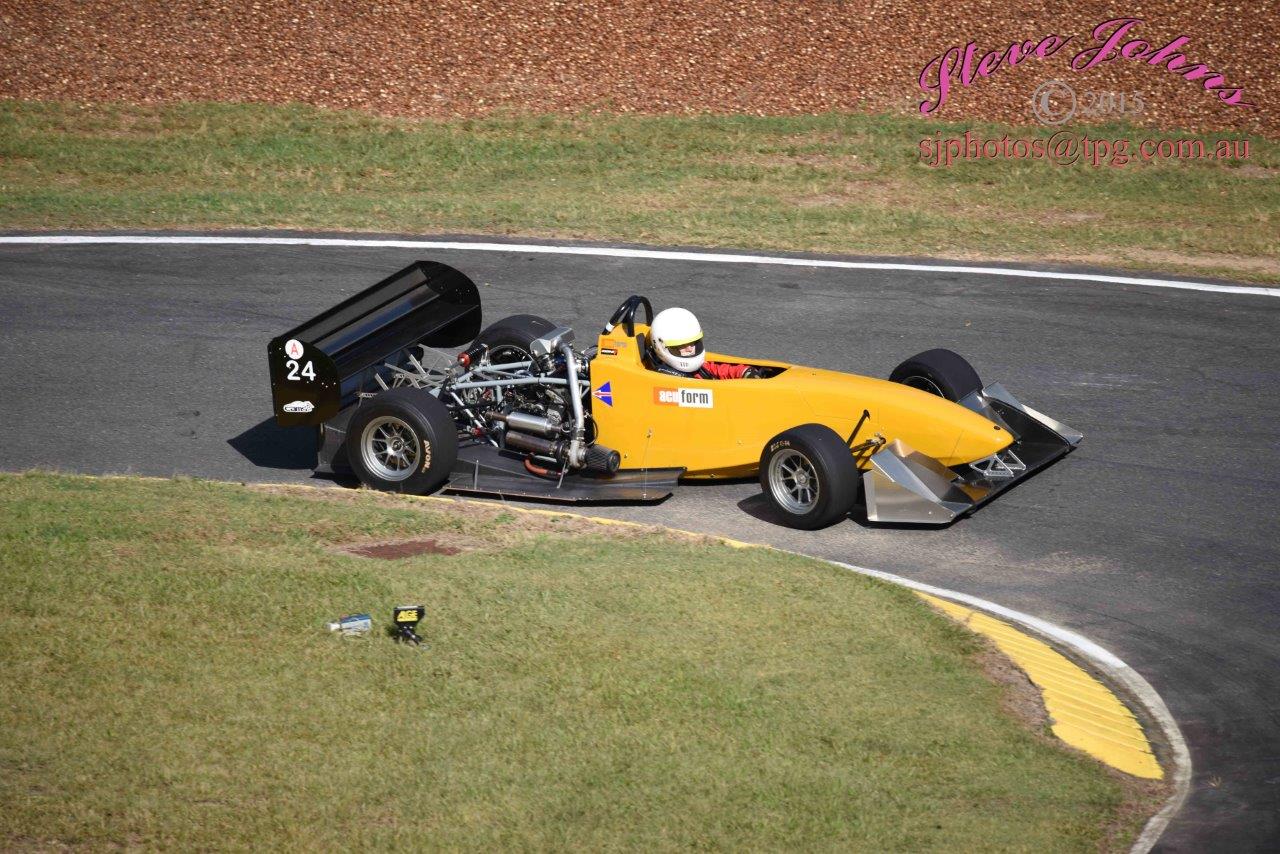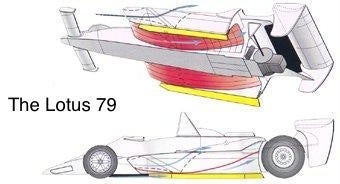Time has come to plan for the wings on my car and I have a couple of options. Multi-element wings are the usual wear for hillclimb cars and the professionally made wings are beautiful, I just cannot afford $2000. Then I can make my own - I have made carbon wings in the past and have the means for making moulds, but knowing the combination of main foil and flap for best L/D up to 180kph is not something I have experience in. Today I found an interesting program - has anyone used it before?
http://www.hanleyinn...com/mefoil.html




















